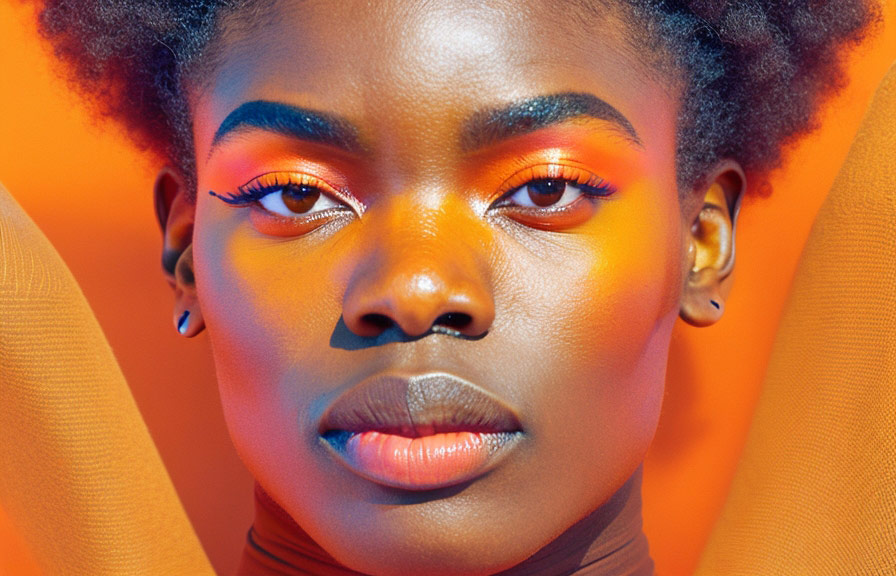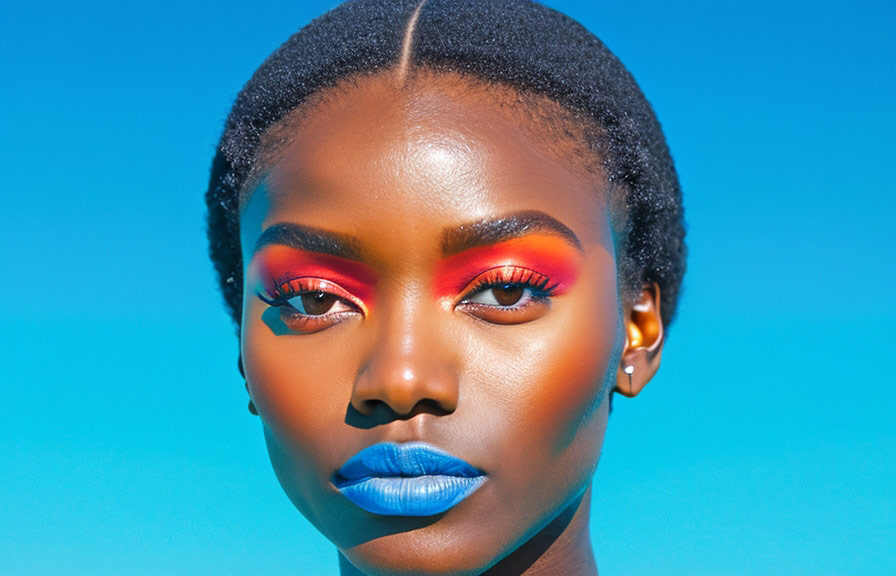Portrait photography is an art form that can capture the essence of a person in a single frame. one key aspect of creating a visually striking portrait is the balance of colors and symmetry between the subject's skin tones and the background.
By mastering this delicate balance, you can create captivating images that evoke emotions and tell a story.

Did you know that the human brain has a preference for symmetry? studies have shown that people find faces more attractive when they are symmetrical. this innate preference can also be applied to the world of photography, where the balance of colors and symmetry can make or break a portrait.
In this post, we will explore how to balance skin tones and backgrounds with colors and symmetry, as well as how to match the theme and mood of your portrait photos through these elements.
Balancing skin tones and backgrounds with colors and symmetry
1. Choose the right background color: choose a background color that complements the subject's skin tone. for example, warmer skin tones look best against cooler backgrounds like blues, greens, or grays, while cooler skin tones can be complemented by warmer backgrounds such as yellows, oranges, or reds.
2. Avoid clashing colors: be mindful of the colors in your image so that they do not clash. consider the color wheel and avoid placing complementary colors (opposite on the color wheel) too close together, as this can create visual tension in your image.
3. Create harmony with analogous colors: analogous colors are those that are adjacent to each other on the color wheel. using these colors can create a sense of harmony in your portrait. for example, if your subject has a warm skin tone, you can use a background with shades of
Orange and red to create a cohesive color palette.
4. Use symmetry to balance the composition: when composing your portrait, pay attention to the symmetry of the scene. you can achieve this by placing the subject in the center of the frame, or by using lines and patterns in the background to create a sense of balance.
5. Experiment with color grading: in post-processing, you can use color grading tools to adjust the colors in your image and create a more balanced look. this can involve adjusting the hue, saturation, and luminance of the different colors in your image to achieve a harmonious color palette.
Matching the theme and mood with colors and symmetry
1. Consider the story you want to tell: before you start shooting, think about the mood and theme you want to convey in your portrait. this can help guide your choices when it comes to colors and symmetry.
2. Use color psychology: colors can evoke different emotions, so consider the mood you want to create and select colors that help convey that emotion. for example, red is often associated with passion and intensity, while blue evokes calm and tranquility.
3. Control the lighting: the quality and direction of light can greatly impact the mood of your portrait. soft, diffused light can create a gentle, ethereal atmosphere, while harsh, direct light can add drama and intensity.
4. Incorporate props and wardrobe: the subject's clothing and any props used in the portrait can also contribute to the overall mood and theme. choose colors, patterns, and textures that work well with the background and help to convey the desired emotion.
5. Manipulate depth of field: by controlling the depth of field in your portrait, you can create a sense of depth and dimension that adds to the overall mood. a shallow depth of field can create a dreamy, intimate atmosphere, while a deeper depth of field can make the
Scene feel more grounded and realistic.
Conclusion
Achieving balance in your portrait photography through the use of colors and symmetry can make a significant impact on the overall quality and mood of your images. by carefully considering the background, color palette, lighting, and composition, you can create captivating portraits that tell a story and evoke emotion.
Now, go out and practice these techniques to create your own visually stunning and well-balanced portrait photos!
